Pressure transmitters are critical measurement instruments in industrial automation, and their selection directly impacts measurement accuracy, stability, and device longevity. Given the complexity of operating conditions, a systematic approach is essential to ensure the appropriate selection of a pressure transmitter. This guide delves into key factors such as the properties of the measured medium, environmental conditions, precision requirements, and maintenance considerations, offering a detailed roadmap for optimal decision-making.
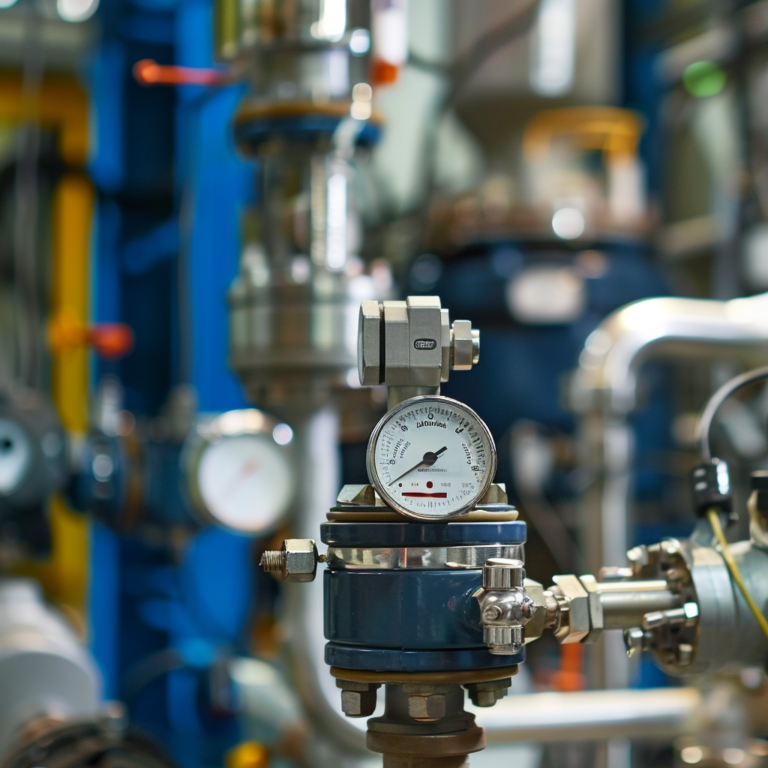
1. Properties of the Measured Medium
Understanding the characteristics of the measured medium is the first step in selecting a pressure transmitter. These properties dictate the choice of critical components, such as diaphragm material and fill fluid, which influence durability and measurement stability.
Key Considerations:
Corrosive Media: For highly corrosive media such as saline or acidic solutions, it is vital to choose diaphragms made from materials with strong corrosion resistance. Examples include:
Hastelloy: Suitable for most acidic environments, though less effective in high-concentration sulfuric or nitric acid.
Titanium: Chemically stable for diverse complex media but unsuitable for hydrofluoric acid.
Tantalum: Excellent for extreme corrosion but cost-prohibitive.
High-Temperature Media: For media temperatures ranging from 200°C to 400°C, select high-temperature diaphragms to prevent silicone oil vaporization and ensure long-term stability. For instance, high-temperature diaphragms are widely used in refining operations and demonstrate consistent performance over years.
Special Media: Media with high hydrogen content (70%-100%) require gold-plated diaphragms to prevent hydrogen embrittlement.
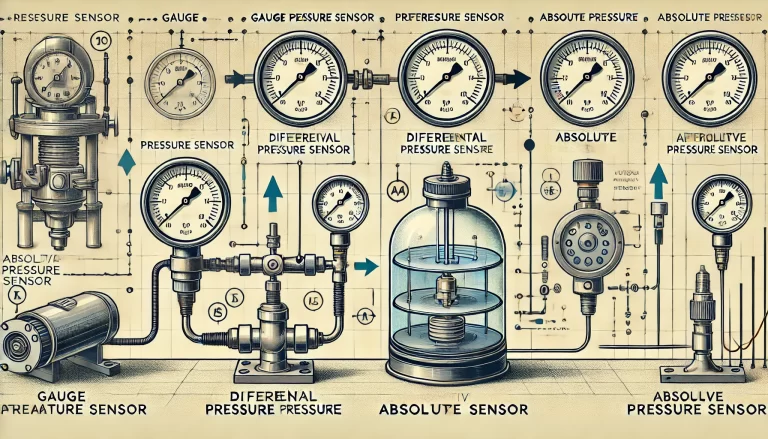
2. Environmental Conditions
The operational environment significantly impacts the reliability and durability of pressure transmitters. A thorough assessment of these conditions is essential during the selection process.
Key Environmental Factors:
Temperature Range: Consider both the ambient and medium temperatures. Extreme temperatures may adversely affect sensor elements and fill fluids, necessitating specially designed temperature-resistant components.
Pressure Range: Ensure that the selected transmitter’s range covers the actual measurement pressure, with an adequate margin to accommodate pressure fluctuations.
Installation Environment: For settings with dust or scaling, such as food processing plants, flat diaphragm designs are recommended to prevent residue accumulation and facilitate cleaning.
3. Precision Requirements
The required accuracy depends on the application’s specific needs. This affects the selection of the transmitter’s grade and diaphragm design.
Key Scenarios:
High-Precision Applications: For laboratory or precision industrial control settings, select transmitters with a high accuracy rating (e.g., ±0.1%). In pharmaceutical manufacturing, such precision is often necessary to ensure process consistency.
Dynamic Pressure Measurement: For rapidly fluctuating pressures, diaphragm responsiveness and fatigue resistance are crucial. Thin diaphragms with fast response times are ideal for such applications.
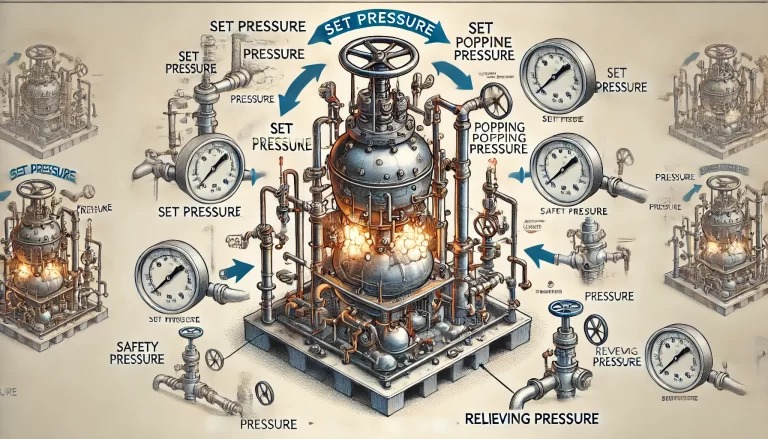
4. Diaphragm Material Selection
The choice of diaphragm material directly impacts the transmitter’s suitability and longevity. Different materials are designed for specific environmental and operational challenges.
Common Diaphragm Materials:
316L Stainless Steel: Versatile and cost-effective, with moderate corrosion resistance and mechanical strength.
Hastelloy (Hastelloy C): Ideal for most acidic environments but unsuitable for high-concentration sulfuric or nitric acid.
Titanium: Excellent chemical stability for a wide range of complex media but not recommended for hydrofluoric acid or strong alkali environments.
Tantalum: Highly resistant to corrosion but costly.
Ceramic (Aluminum Oxide or Zirconium Oxide): Exceptional corrosion resistance, particularly in strong acids and alkalis. However, it has limited long-term stability and lower mechanical impact resistance.
5. Installation and Maintenance
Ease of installation and maintenance should be prioritized to minimize downtime and maintenance costs, especially in industries requiring frequent cleaning or replacements.
Recommendations:
Hygienic Design: For industries like food processing and pharmaceuticals, choose pressure transmitters with hygienic connectors or flat diaphragms that simplify cleaning and sterilization.
Modular Design: In industries such as petrochemicals, modular transmitters allow for quick replacement of core components, reducing downtime and associated costs.
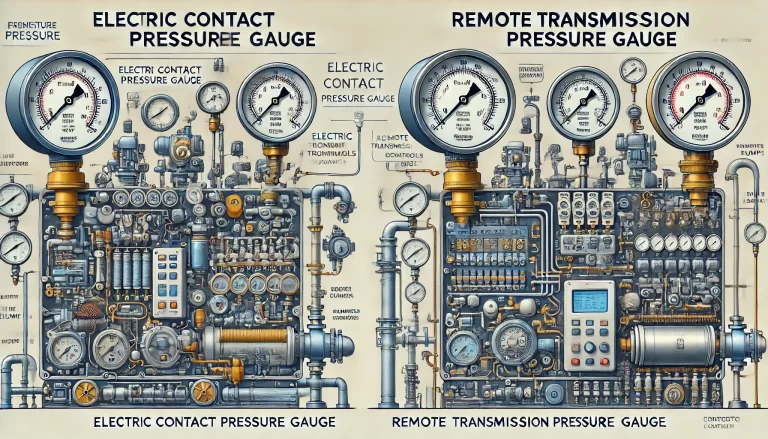
6. Special Application Scenarios
Certain applications demand customized pressure transmitters with enhanced performance and safety features.
Examples:
Oil and Gas Industry: High-temperature, high-pressure, and corrosive environments necessitate advanced diaphragm materials and structural designs for reliability.
Nuclear Power Plants: Transmitters must withstand radiation, requiring specialized radiation-resistant designs.
Deep-Sea Exploration: Equipment must handle extreme pressure and resist seawater corrosion.
Explosive Environments: Intrinsically safe or explosion-proof designs are essential, adhering to industry standards such as ATEX or IECEx certifications.
7. Cost Considerations
While initial cost is important, total cost of ownership (TCO), including operational and maintenance costs, must also be evaluated. A well-chosen transmitter can reduce overall expenses by minimizing downtime and extending service life.
Case Study:
A petrochemical company opted for Hastelloy diaphragm transmitters for a highly corrosive environment. This selection not only ensured accurate measurements but also reduced downtime due to corrosion-related failures, saving approximately $30,000 annually in maintenance and lost production costs.
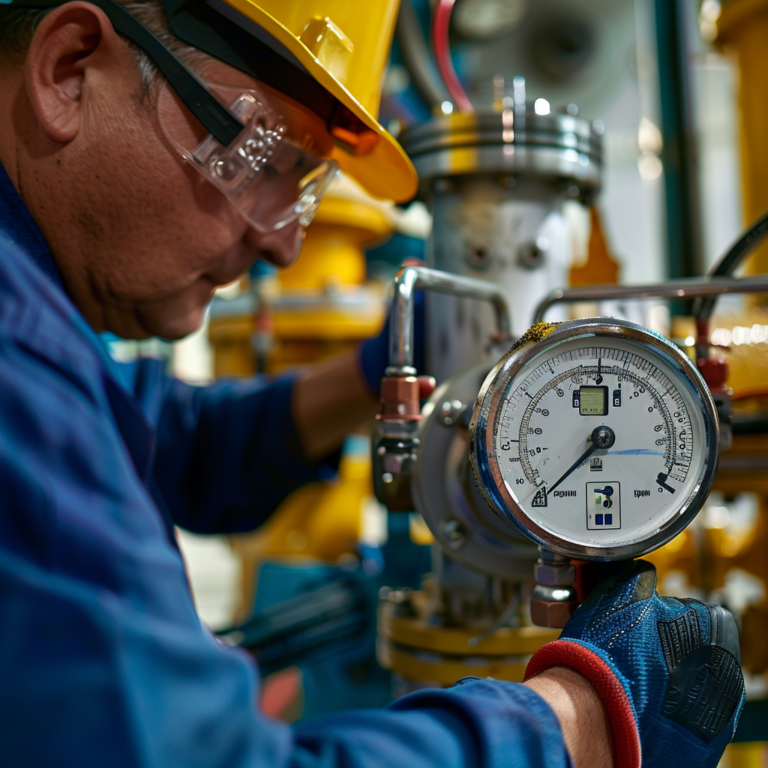
Summary
Selecting the right pressure transmitter is a multifaceted process that requires a comprehensive evaluation of medium properties, environmental factors, accuracy requirements, and maintenance considerations. By carefully choosing the appropriate diaphragm materials, structural types, and technical specifications, you can achieve enhanced measurement accuracy, stability, and longevity, supporting the efficient operation of industrial processes.
